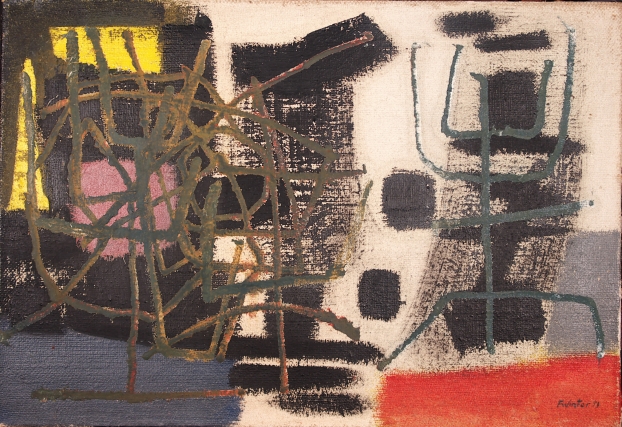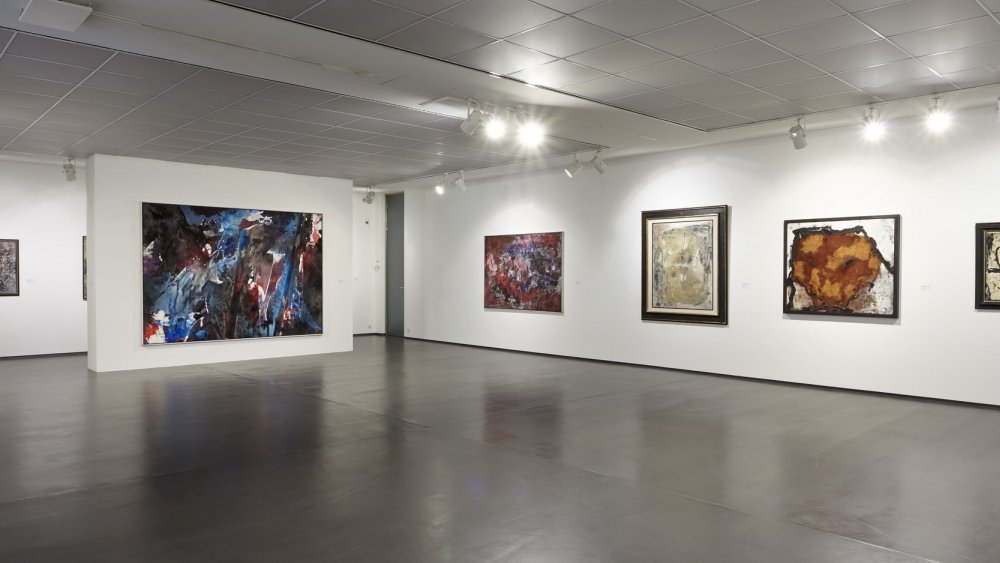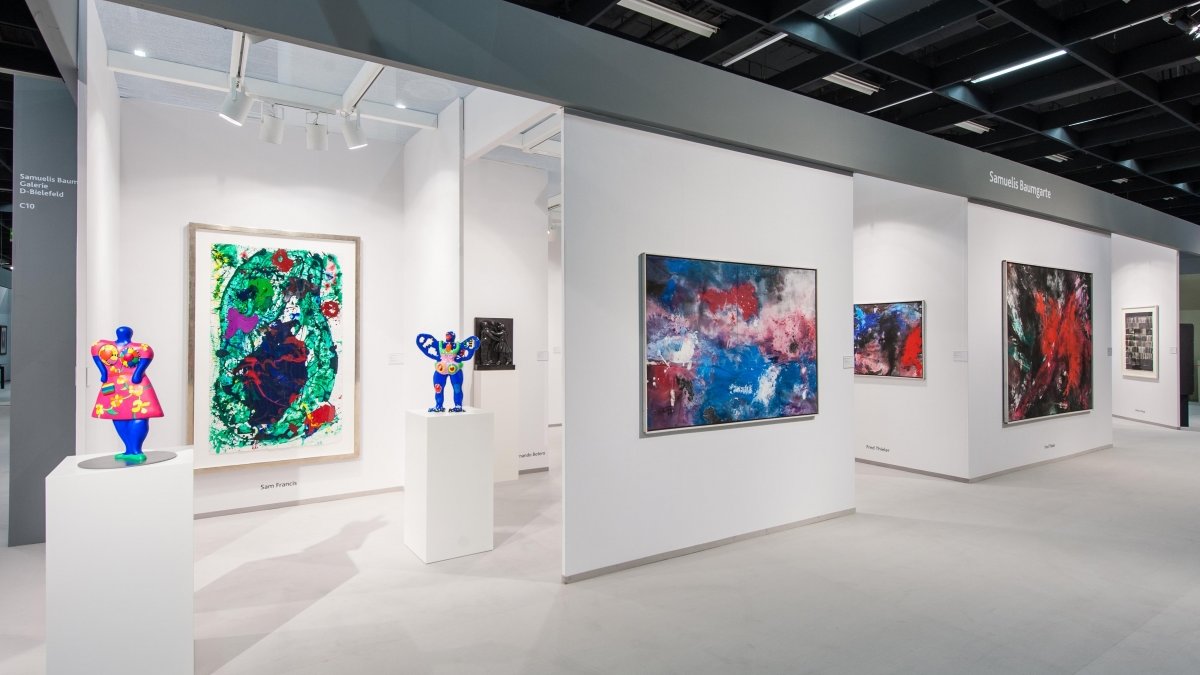Fritz Winter
Biografie
Der 1905 in Altenbögge (Westfalen) geborene Maler (verstorb. 1976) gilt durch sein vielschichtiges Werk und seine umfangreiche Schöpferkraft als einer der bedeutendsten deutschen Maler der internationalen modernen Kunst. Als Schüler von Paul Klee, Wassily Kandinsky, Josef Albers und Oskar Schlemmer erreichte Winter eine zunehmende Eigenständigkeit in seinem künstlerischen Schaffen. So distanzierte er sich bereits während seines Studiums von 1927 bis 1930 am Staatlichen Bauhaus in Dessau von dessen Prinzipien und kritisierte die untergeordnete Stellung, die die Malerei am Bauhaus einnahm.
Angeregt durch die Lehren Kandinskys und Klees sowie die enge Freundschaft zu Naum Gabo und Ernst Ludwig Kirchner, zeigen Winters Arbeiten der 1930er Jahre eine freie, von den Bauhaus-Idealen losgelöste Beschäftigung mit bildnerischen Mitteln, die er mithilfe einer vielfältigen Formensprache experimentell erprobte. 1949 war er Mitbegründer der Münchner Künstlergruppe ZEN 49, die sich in der Tradition des Blauen Reiters verstand und sich in einer bildnerischen Wiedergabe eines auf das Geistige abhebenden Weltbildes manifestierte. Bereits während des Zweiten Weltkrieges gelangte Winter zu einer durch halborganische Formen und schwarzes, sich vor meist hellem Hintergrund verflechtendes Gitterwerk bestimmten, abstrakten Malerei, die ihn zu einem der wesentlichen Vorreiter der Abstraktion in Europa werden ließ.
Ausstellungen
Ausstellungen (Auswahl)
Fritz Winter: Die 1960er Jahre - Jahrzehnt der Farbe, 26.11.2015 - 28.02.2016, Bayerische Staatsgemäldesammlungen Pinakothek der Moderne, München
Stein aus Licht. Kristallvisionen in der Kunst, bis 06.09.2015, Kunstmuseum Bern, Schweiz
Avantgarde aus Westfalen in Corvey, bis 02.11.2014, Museum Höxter-Corvey, Höxter
La magia está en la imagen, bis 02.03.2014, Museo Würth La Rioja, Agoncillo, Spanien
Bauhaus. Die Kunst der Schüler - Werke aus der Sammlung des Bauhauses Dessau, 19.10.2013 - 24.02.2014, Galerie der Stadt Remscheid
Fritz Winter. Das Innere der Natur, 13.04.2013 - 06.01.2014, Kunstmuseum Stuttgart
Fritz Winter, Hans Jaenisch, Georg Meistermann, bis 29.12.2013, Oberhessisches Museum, Gießen
LICHT-BILDER. FRITZ WINTER UND DIE ABSTRAKTE FOTOGRAFIE, 09.11.2012 - 17.02.2013, Pinakothek der Moderne, München



